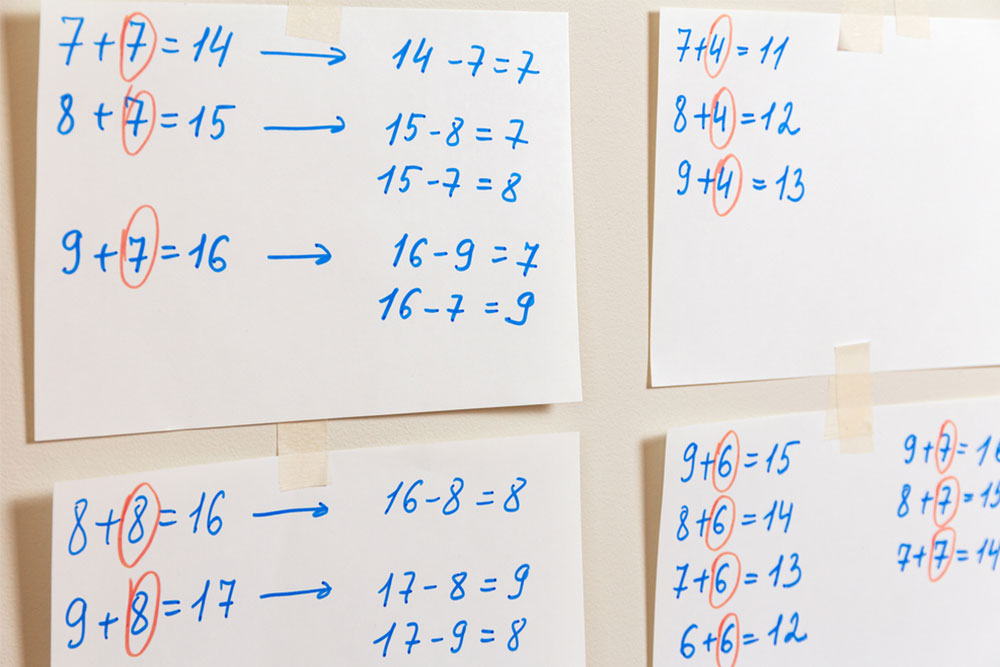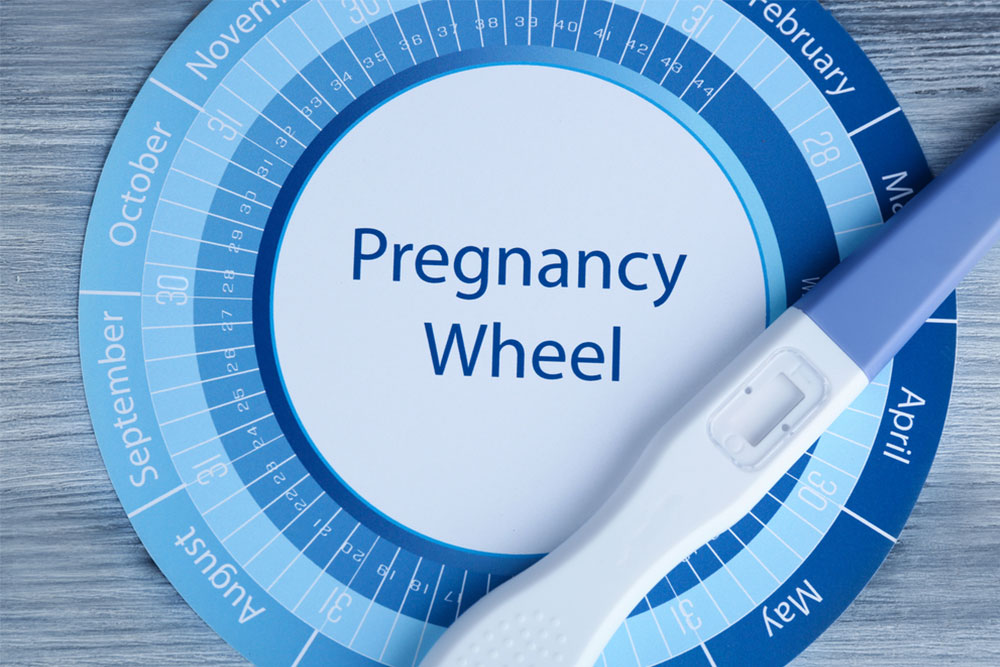Most mothers will tell you that pregnancy is a whole new adventure and experience. Your body is constantly changing, and you and your baby share a very special bond. Every movement, every kick, every turn is an experience like no other. And while you may experience your fair share of impatience, you cannot wait to see and hold your baby. Now, if your doctor may not have told you your exact due date, as they might be waiting to divulge the information at your next appointment, you can try and work out when you can welcome your bundle of joy into this world all on your own. Just a simple formula is all you really need.
Pregnancy lasts an average of 40 weeks (280 days) from the first day of your last menstrual cycle. The first day of your period is considered the first day of your pregnancy, even though you may conceive until about two weeks later. Calculating your due date will help your understand when you can expect to go into labour and give birth. Of course, this is just an estimate so for a more accurate due date, and unlike a gender reveal, if you’re looking for a fun game to play at your baby shower, here are two ways to calculate your due date:
Naegele’s Rule

With this simple mathematic formula, you first add seven days to the first day of your last menstrual period and then subtract three months.
For example, if your last menstrual period was January 1, 2020, then
(i) Add seven days – January 8, 2020
(ii) Subtract three months – October 8, 2020
(iii) Change the year, if required in your case
In this case, your estimated due date would be October 8, 2020. Of course, this is merely a tentative date and you can expect to go into labour before or after the date.
Pregnancy Wheel

This method is used by most doctors when estimating a patient’s due date. It is comparatively easier to understand and gauge your date of delivery if you have access to a pregnancy wheel. In this, you first locate the date of your last menstrual period on the wheel. As you line that date with the indicator on the wheel, a tentative due date is displayed. If you do not remember the date of your last menstrual period, but have an idea of the week of your cycle, then the doctor can give you an approximation. However, if you cannot recall any details pertaining to your last period, the doctor will proceed to do an ultrasound.
What happens if you have irregular periods?
Your period is considered to be irregular in nature if your menstrual cycle lasts longer than 28 days, or shorter than 21 days. To understand your first day of last menstrual period, this is how it goes.
• The second half of a woman’s menstrual cycle always lasts for 14 days—from ovulation to the next period. If your cycle is, for example, 40 days, then there is a chance you ovulated on day 26. You can then mark a date as last menstrual period to find your due date with a pregnancy wheel.
• Some pregnancy wheels may allow you to enter the date of conception which occurs within 72 hours of ovulation, instead of the date of your last menstrual period.
• Your doctor may take a call and change your due date if your foetus is significantly smaller or larger than the average size for that particular stage of pregnancy. An ultrasound is then prescribed to determine the gestational age of the baby when there is a history of irregular periods, or the date of your last menstrual period is uncertain. This is done to measure the length of the foetus, known as the Crown Rump Length. The date then mentioned in the ultrasound report is considered the final due date.

• The first trimester provides the most accurate estimation for the age of a baby. The doctor may change your date based on the measurements in the ultrasound. This is most likely to happen in the first trimester, when the estimated date is far from what the doctor suggested. In the second trimester, the possibility of the doctor changing the due date is less likely unless the estimated date differs more than two weeks from the date shown in the report. In the third semester, your due date is unlikely to change. However, it is not uncommon.
• With every ultrasound, you can witness how your baby is growing, and if a date of delivery was an estimation to begin with, a clear picture will start to emerge. Reaching out to your doctor at every step of your pregnancy is the best way to understand what you and your baby need.